Popular games for platform Casio Loopy
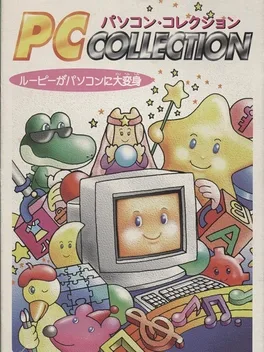
This game is a small collection of ten different mini-game activities. Those activities include a word processor, a paint and illustration program, a music composer, a fortune-telling screen with printable charms, a simple fashion designer, jigsaw puzzles, a crane machine game, animal dress up, a calendar, and an address book. The game came packaged with the Loopy Mouse.

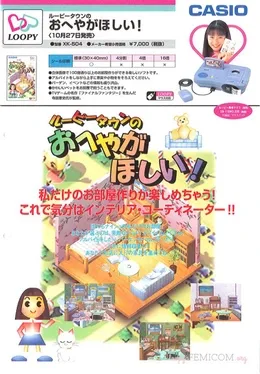
This game was a room decorating simulator with job minigames to pay for furniture. It predates Animal Crossing by 5 years, and the game’s scenario writer was Kenji Terada, the scenario writer for Final Fantasy 1-3.
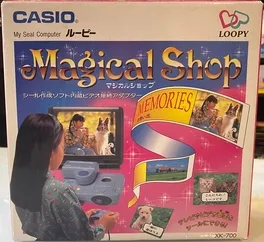
Magical Shop is an add-on peripheral, which plugs permanently into the Casio Loopy, allowing players to take screen captures at any time and then print them. The device also came with its own in-built editing software, which becomes active when no cartridge is present in the slot. The software is capable of making modifications to prefabricated photos or saved screen captures. The art tools include image cropping, adding text, colors. Objects, and speech bubbles.
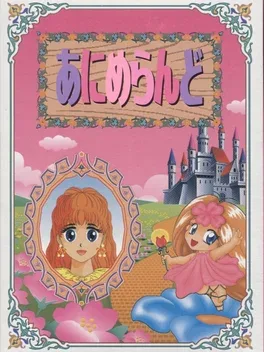
Anime Land is a console game released for the Casio Loopy in 1995.
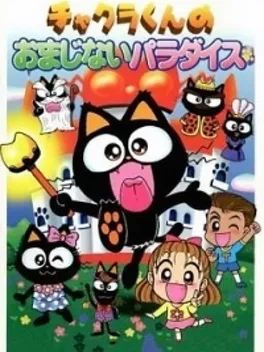
Chakura-kun no Omajinai Paradise is the final game to be released for the Casio Loopy. Based on the manga Magic Cat Chakra-kun, created by Megumi Tachibana. This game contains a number of activities made up of picture puzzles, fortune telling in the form of a slot machine, trivia quizzes, and coloring pages, which can be printed into stickers.
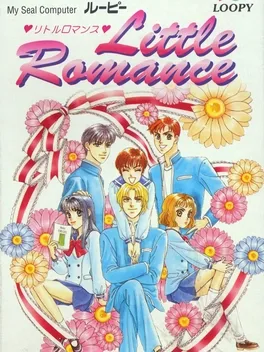
Little Romance is a game that allows players to create their own manga. Each comic panel can be designed in the software and then printed on the Loopy's built-in sticker printer. It was developed and published by Casio, and released in Japan in 1996.
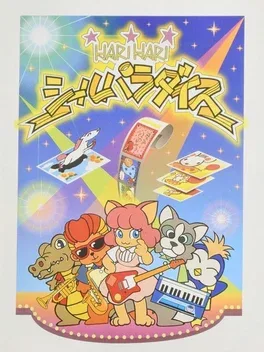
A sticker-designing game for the Casio Loopy. Players can paint and stamp unique creations to print on the Loopy's built-in sticker printer.
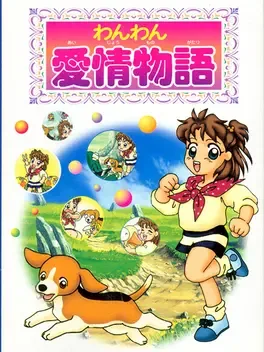
It's Momo's birthday today, and her parents have a surprise for her: a puppy! She names her new friend Baku, and they two of them rush off to play at the park. While they're playing fetch, Baku finds a curious doll, which springs to life and tells her that the Kingdom of Memories is in trouble: the vegetables are revolting, and she's the only one who can stop them! The doll, Judy, and an alarm clock named Clock lead Momo and Baku there, and so their adventure begins. Bow-wow Puppy Love Story is a simple Japanese-style adventure game designed for young girls. The majority of the game consists of written dialogue with cute animated characters. There are dialogue choices every so often, though they have only a minimal impact on the story progression. The player can also jump back to specific scenes, and print a variety of stickers with images from the game.
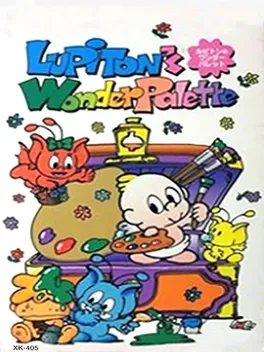
Lupiton no Wonder Palette is a Kid Pix-esque paint suite game for the Casio Loopy. Creations can be printed with the Loopy's built-in sticker printer.
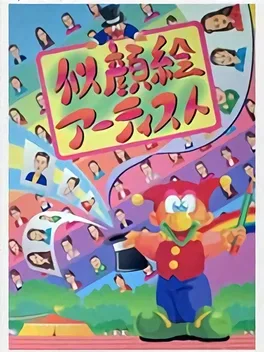
This game is designed as an art tool to create caricatures and facial impressions. First the player picks an avatar of a gender and age group. Using the selected avatar as a template, the player can customize the hairstyle, brows, eyes, nose, mouth, head shape and clothes. The parts of the face can be repositioned and resized. Additionally, paint tools can be used to further accessorize the caricature with colors, objects and speech bubbles. To finish off, the caricature can be placed in one of many sceneries provided. The player also has the option to paint their own pictures from scratch or make use of one of the ready made caricatures.